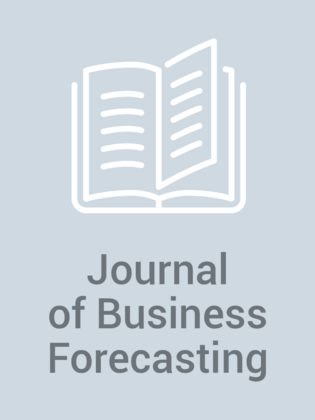Beyond Traditional Time-Series: Using Demand Sensing to Improve Forecasts in Volatile Times
With volatility now the new norm, what happened two years ago has become increasingly disconnected to what will happen next week, next month, or next year. So it is no surprise that Demand Sensing—defined by Gartner, Inc. as “the translation of demand information, with minimal latency, to detect who is buying the product, what attributes are selling, and what impact demand-shaping programs are having”—is top of mind for many manufacturers as a way to build a more agile and responsive supply chain. More than one-third of the total North American consumer packaged goods trade is already using Demand Sensing to manage demand; but if it is not yet at your company, you may be wondering what Demand Sensing is and how leading manufacturers use it to create demand-driven networks. What’s different today is that Demand Sensing technology provides new capabilities to significantly improve forecast accuracy, and enable a fundamental change in the way companies view and measure forecast error by looking at error over exact lead time instead of approximating lagged error. Traditional demand planning systems work in buckets of time (e.g., a week) so error can only be measured by lag. ...
From Issue:
Summer 2012
(Summer 2012)









